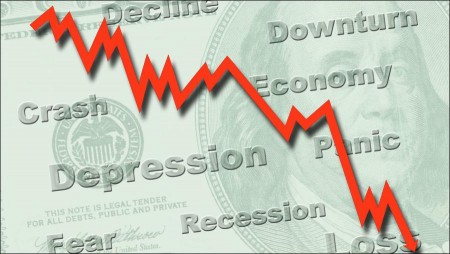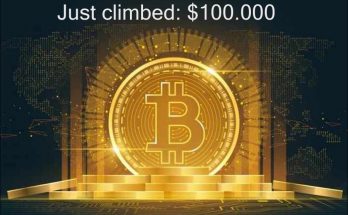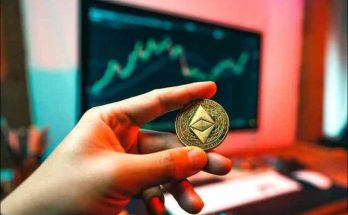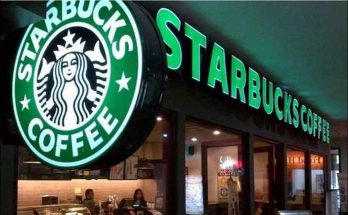Many Americans just aren’t feeling the impact of the recovery in their daily lives.
Most economists think the recession technically ended a year or so ago, when the economy started growing again after shrinking for five quarters out of six. But a year’s worth of “recovery” hardly feels like it. Unemployment, at 9.6 percent, is painfully high, and companies show little interest in hiring. That leaves nearly 15 million unemployed Americans wondering what to do next.
Overall, Americans have lost $12 trillion in home equity, investments, and other forms of net worth. We’re ready to rebuild and go back to work, but instead of picking up steam, the economy seems to be stalling, possibly headed for a dreaded double-dip recession. The prolonged malaise could cost Democrats dearly in the upcoming midterm elections.
Healing is underway in badly damaged parts of the economy. But improvements have been too slow and subtle for many Americans to notice. Here are six ways to tell when we’re finally entering a recovery that feels like one:
The unemployed people you know start to find jobs. Unemployment is the single biggest indicator of economic health–or misery. Rising unemployment cuts into incomes and spending and spooks consumers, so it’s hard for housing, retail sales, and other key parts of the economy to recover until jobs come back. So far, they haven’t–but layoffs have largely stopped and temporary hiring is picking up, so we’re part of the way there.
Over the next few months, the unemployment rate is likely to tick upward, perhaps topping 10 percent once gain. But that could be good news. If recent patterns hold, more unemployed Americans who have given up looking for work will start job-hunting again–a sign they’re more hopeful than before. When that happens, the labor force will swell, so the portion of the labor force out of work will go higher and the unemployment rate will rise for a few months. But after that, if we’re lucky, it should start to fall, for good.
Most Americans don’t follow the monthly unemployment statistics, but they’ll know things are getting better when people they know who are looking for work start to find it, and hiring at their own companies picks up. “Even people who are employed are really afraid about job cuts and wage freezes,” says Ryan Sweet, a senior economist at Moody’s Analytics. “When their laid-off friends and neighbors start to find jobs, it will make people feel more secure about their own jobs.” That will provide a long-awaited boost to consumer confidence.
When it might happen: The second half of 2011.
The Federal Reserve stops stimulating. Washington politicians get most of the attention, but the most powerful stimulus over the last couple of years has been a flurry of moves by the Federal Reserve: Sharply lowering short-term interest rates, for example, and buying more than $1 trillion in mortgage-backed securities. And the Fed is still at it. Fed officials remain deeply worried about the fragile economy, and Chairman Ben Bernanke has tried to reassure the public by ticking off additional steps the Fed could take, such as buying even more securities to keep interest rates low and stoke demand for financial products. When Bernanke stops talking about additional intervention, it will signal the Fed’s growing confidence in the economy. An even bigger sign will be the sell-off of Treasuries and mortgage-backed securities in the Fed’s portfolio. And sooner or later, the Fed will raise short-term rates, a definitive sign that we’re out of the woods.
When it might happen: Probably not until 2012.
Inflation picks up a bit. The inflation rate over the past year has been just 1.2 percent, which is great news for shoppers and people on fixed incomes. But low inflation indicates weak demand for goods and services, which cuts into profitability at companies and makes them reluctant to hire. Low inflation also means that incomes stagnate. And if low inflation turns into deflation–in which overall prices decline–it can become a pernicious problem that’s hard to lick. Under deflation, consumers put off spending as long as possible because they think prices will be lower in the future, which can wreak havoc with the economy.
For the last several months, the Federal Reserve has been debating whether it should take aggressive steps to head off deflation, which it hasn’t done yet. But the Fed will only relax when inflation stabilizes somewhere between 2 and 3 percent, a level that gives firms some pricing power without triggering painful spikes in most people’s cost of living. If the overall economy improves, inflation ought to tick up to more comfortable levels.
When it might happen: Early or mid-2011.
Home prices start to rise. Home prices have been falling since 2006, and in many areas they still haven’t hit bottom. With foreclosures and short sales still on the rise, prices will probably keep falling into next year. Once prices stop falling for good, homeowners will adjust to their new, lower net worth, and potential buyers will stop worrying about investing in an asset that’s falling in value. But a significant pickup in sales depends largely on the job market, since buyers need to feel confident about their job security before committing to such a large purchase. Since housing varies greatly by region, some areas will recover sooner than others. Consumers will notice when homes in their neighborhood start to sell within a couple of months, instead of going on and off the market for years, as they have been.
When it might happen: Second half of 2011.
The stock market drifts upward. The S&P 500 plunged 57 percent between October 2007 and March 2009, then soared by 83 percent from that low point through April 2010. Since then, it’s down another 8 percent. This is not the kind of consistent performance that puts investors at ease. The stock market is nearly impossible to predict, but in general, it rises during good times, which both reflects and reinforces a growing economy: As spending picks up, company revenues and profits increase, and the value of stocks goes up; that in turn makes investors feel better off and more comfortable spending. Popular stock indexes like the Dow Jones Industrial Average and the S&P 500 only partly reflect the U.S. economy, since about 40 percent of profits for big U.S. firms come from overseas. So stocks can rise in a weak economy. But they can also plummet when there’s a foreign debt crisis or other far-flung problem. And investors aren’t sure such shocks are over.
When it might happen: When the Fed stops worrying, in late 2011 or early 2012. But short-term run-ups are possible any time.
You feel better. Consumer confidence usually tracks key indicators like the unemployment rate and the stock market, but there are many intangibles. Ordinary Americans would probably start to feel more optimistic if Washington politicians started solving problems instead of bickering, if health care and education got more affordable, and if people’s quality of life felt like it was improving.
Washington probably won’t do much to help, but as consumers adjust their expectations, it might take less to make them feel hopeful. “Don’t forget where we’re coming from,” says Sweet. “The economy fell off a cliff. It’s not surprising that the recovery is gradual and people are cautious and nervous.” With Americans eager for something to feel good about, small improvements might start to seem big.
Views: 465



